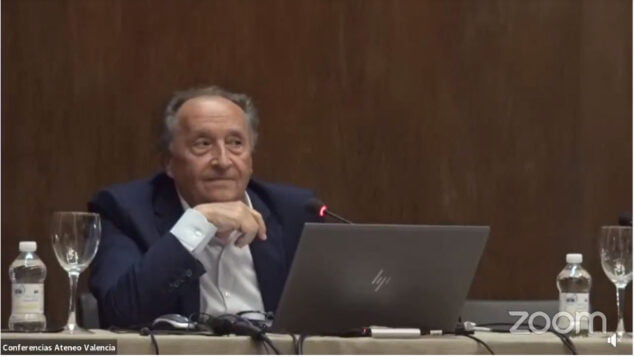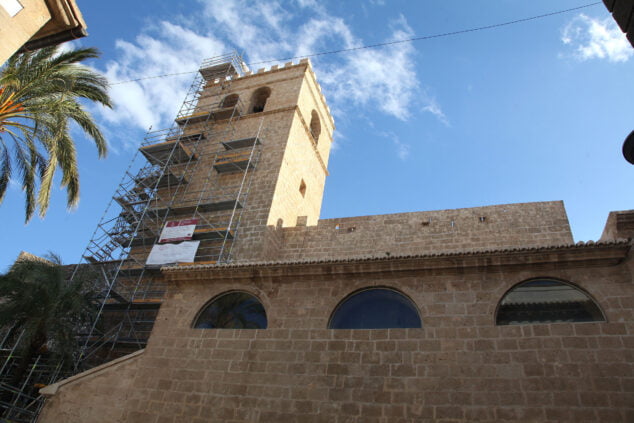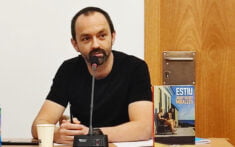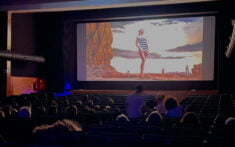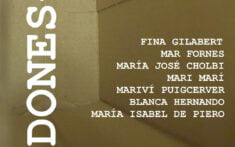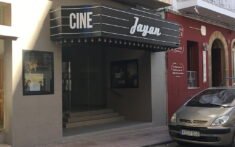The Iglesia Fortaleza de San Bartolomé de Jávea is located in the historic center, in the Plaza de la Iglesia, and throughout its history, it has not only served as a temple but also as a defense. The St. Bartholomew Church de Xàbia is a National Historic-Artistic monument dating from 1931 and is considered as BIC (Asset of Cultural Interest) since 2018.
The Church of Sant Bertomeu is the main building in the historic center of Jávea, characterized by its white houses with rough stone lintels. Recently, the architect Salvador Vila has carried out the complex restoration work on this Church. Now, once completed, the history of its construction and the work carried out has become the subject of a conference at the Ateneo Mercantil de Valencia.
Salvador Vila, as a guest to this series of talks, explained the work and dedication carried out in these restoration works. Some works that have recovered the battlements and tribunes located on the side chapels.
As detailed in the note of the Mercantile Athenaeum on the work and strength of the Church of St. Bartholomew of Javea, "the church of San Bartolomé de Jávea recovered a year ago, thanks to the restoration works carried out, the tribunes located on the side chapels, where the population took refuge when it was attacked by Berber corsairs, as well as some battlements that crowned the temple from the sixteenth century, since it also served as a fortress, and they were eliminated in the seventeenth century ".
The first phase of the works in the Gothic temple, which began last February 2020 and ended last December, consisted of repairing cracks, eliminating dampness and restoring the bell tower, added in the XNUMXth century, he explained. Salvador Vila, architect director of the restoration project.
On the construction of the Church
The fortified churches, as is the case with this one in Xàbia, are constructions to play a defensive role in times of conflict. These churches were specially designed to incorporate military features, such as thick walls, battlements, and embrasures.
The oldest part of this religious-military building is the current presbytery, built from 1304. In 1513 work began to enlarge the church, by the hand of the Basque-born architect Domingo de Urteaga. Given the need to stop the attacks of the Berber pirates, the building served to defend Jávea from the attacks that came from the sea throughout the XNUMXth century. Due to its defensive function, the tag "Iglesia Fortaleza" was added to its name.
The churches of San Bartolomé de Jávea is one of the best Valencian examples of a defensive church-fortress. In both cases the scheme of a single nave with side chapels between the buttresses, straight fronts and a cubic volume outside is repeated. Unlike the Aragonese examples, they are built with ashlar stones and the function of the side stands is assumed by a passable roof from which the entire environment is dominated.
Its defensive function refers in these cases to the protection of the population from the attacks of the Barbary corsairs and pirates. They served as a temporary shelter for the population and an element of the coastal defensive system next to the walls and towers built along the Levantine coast.
The complete exhibition by Salvador Vila can be seen this link from minute 28.

